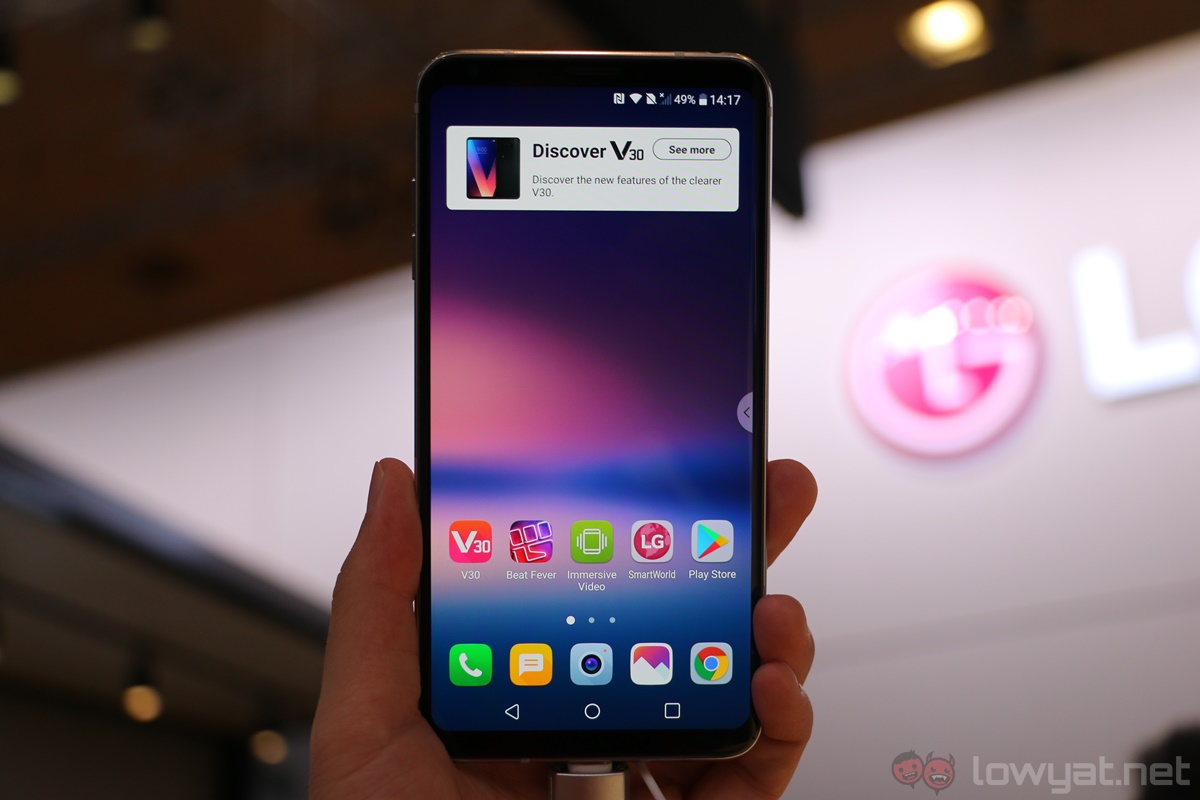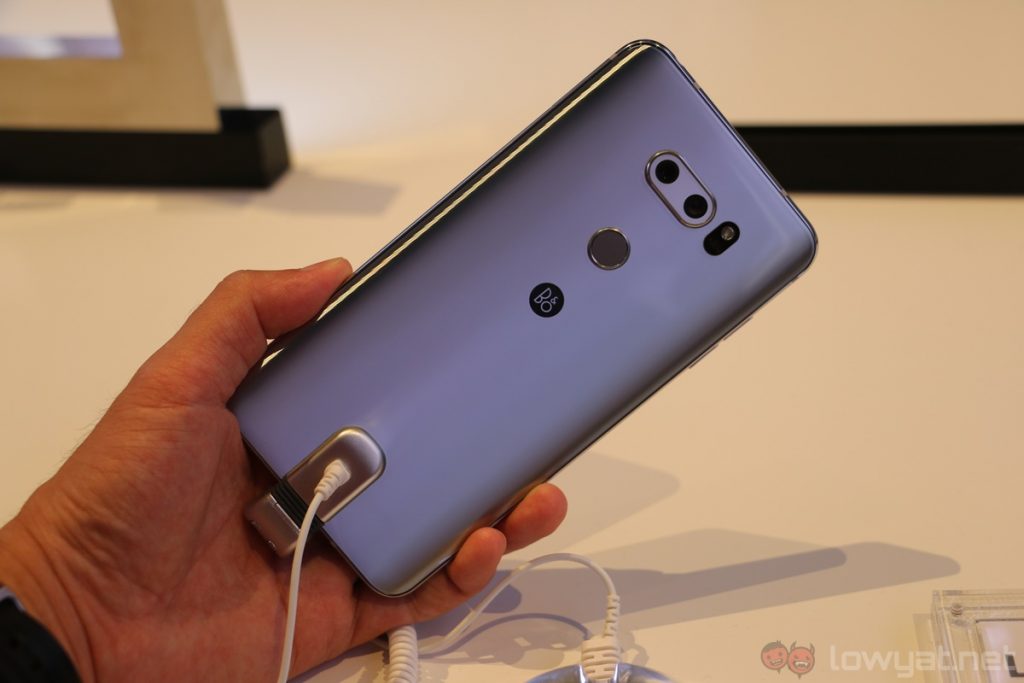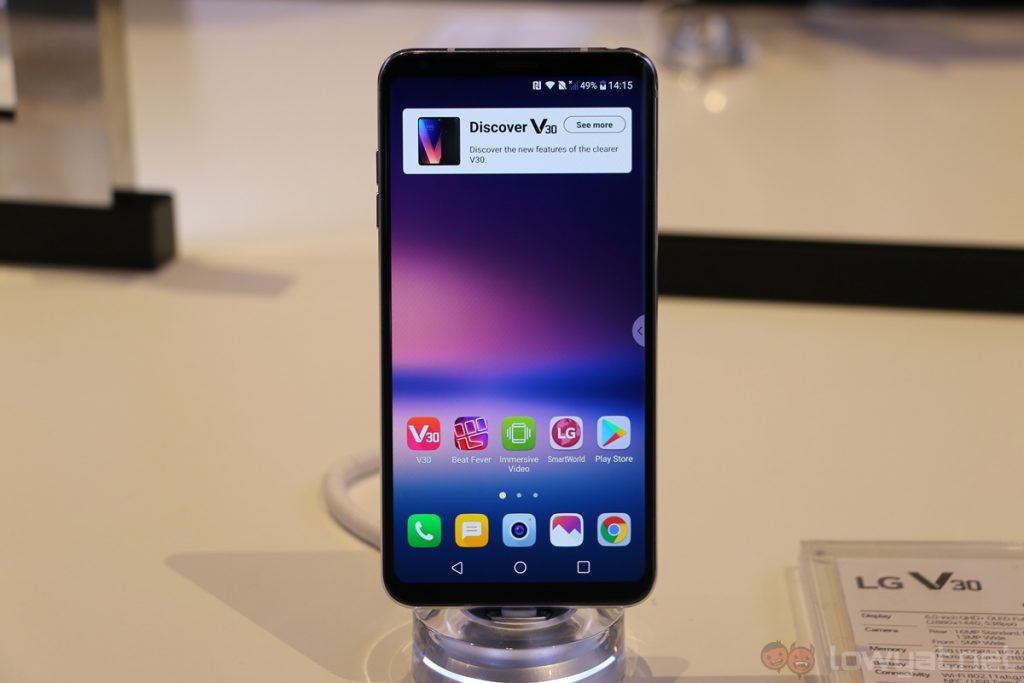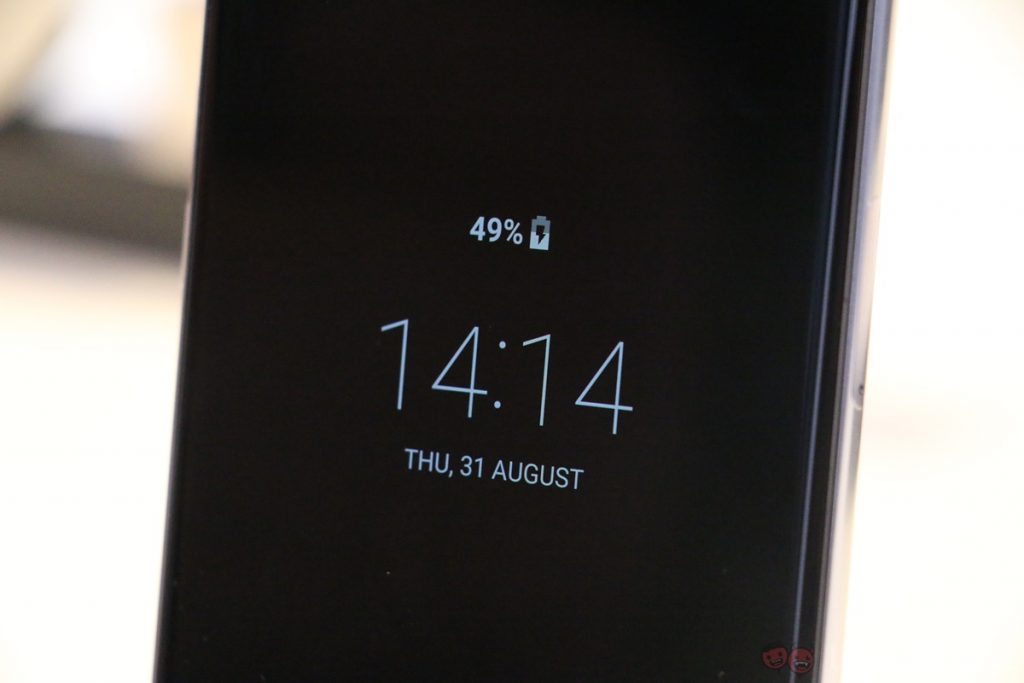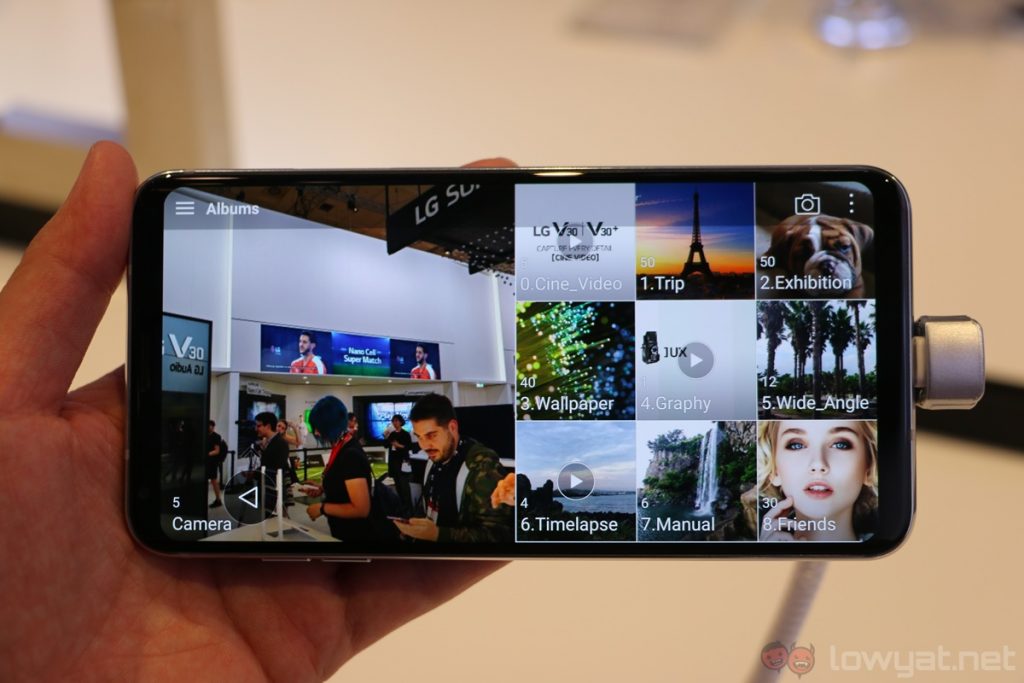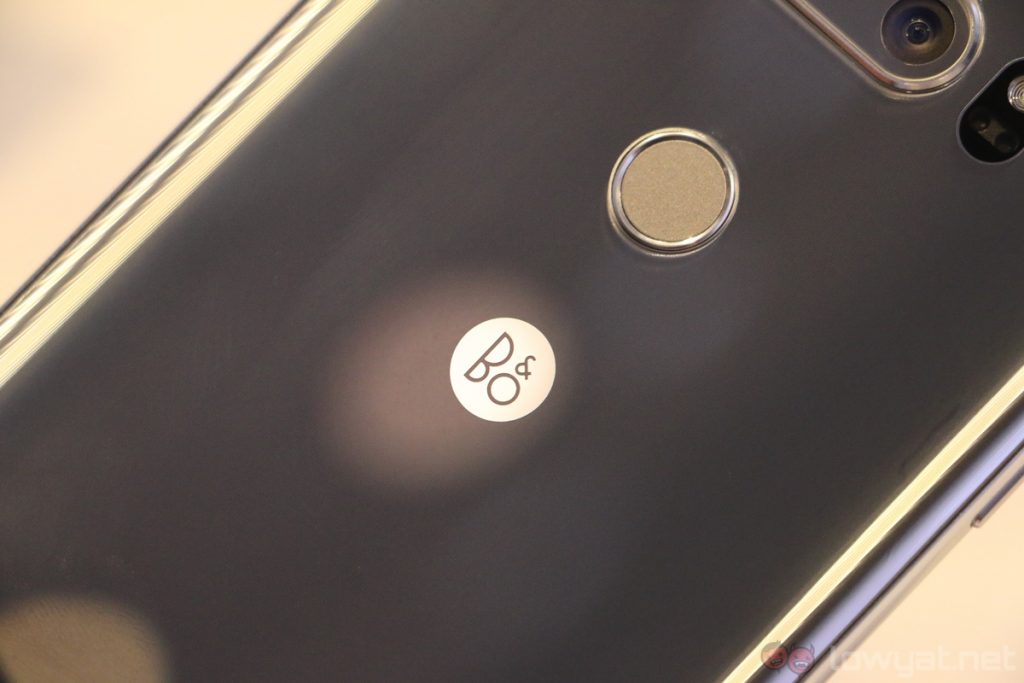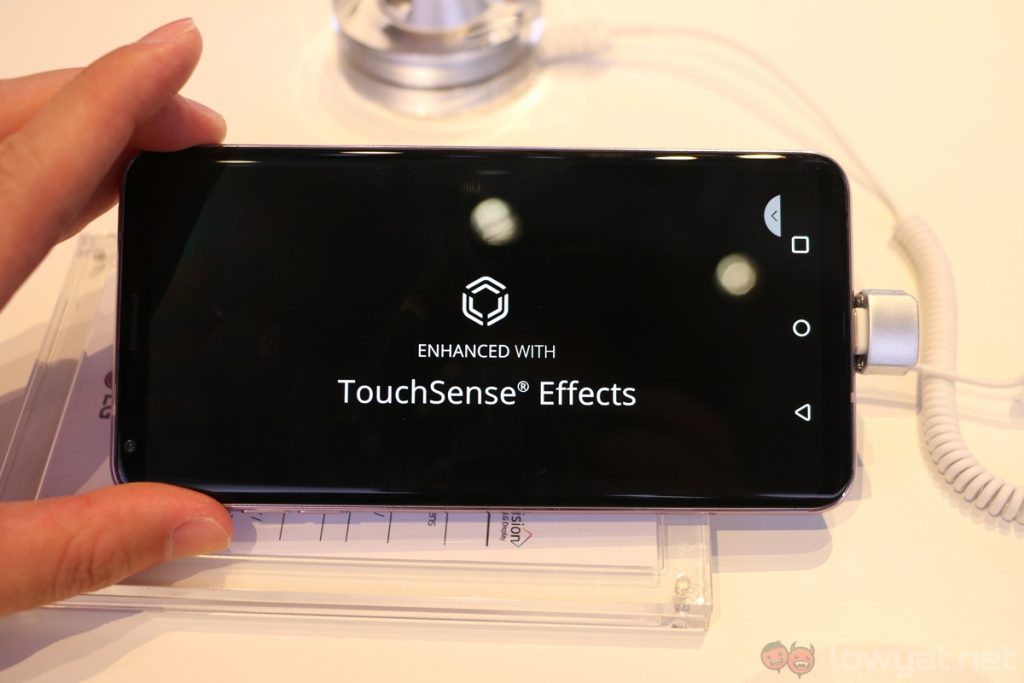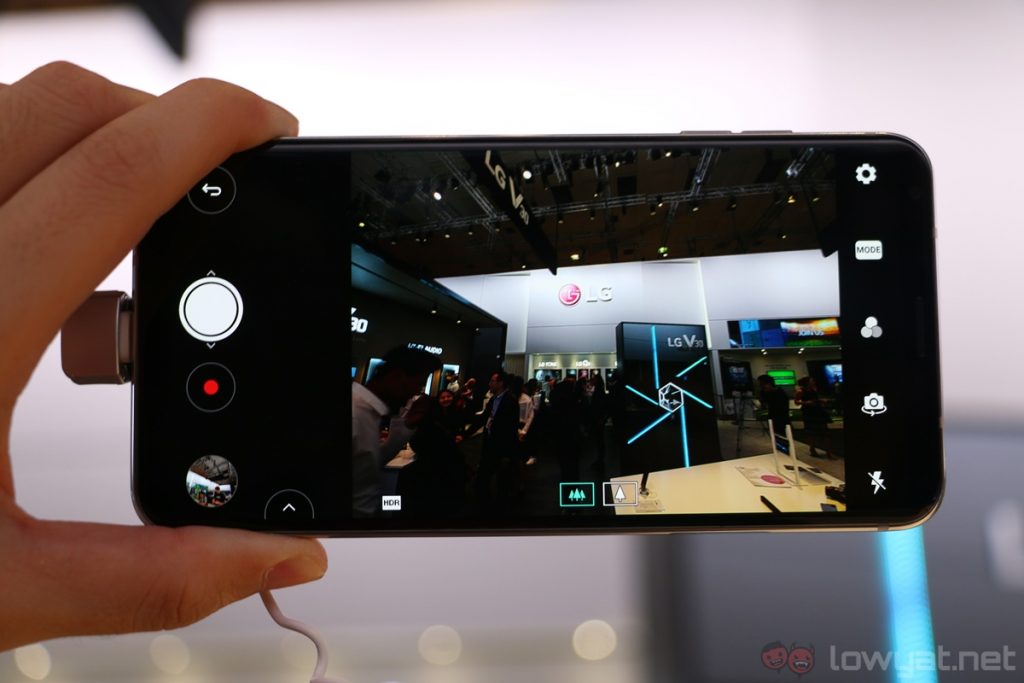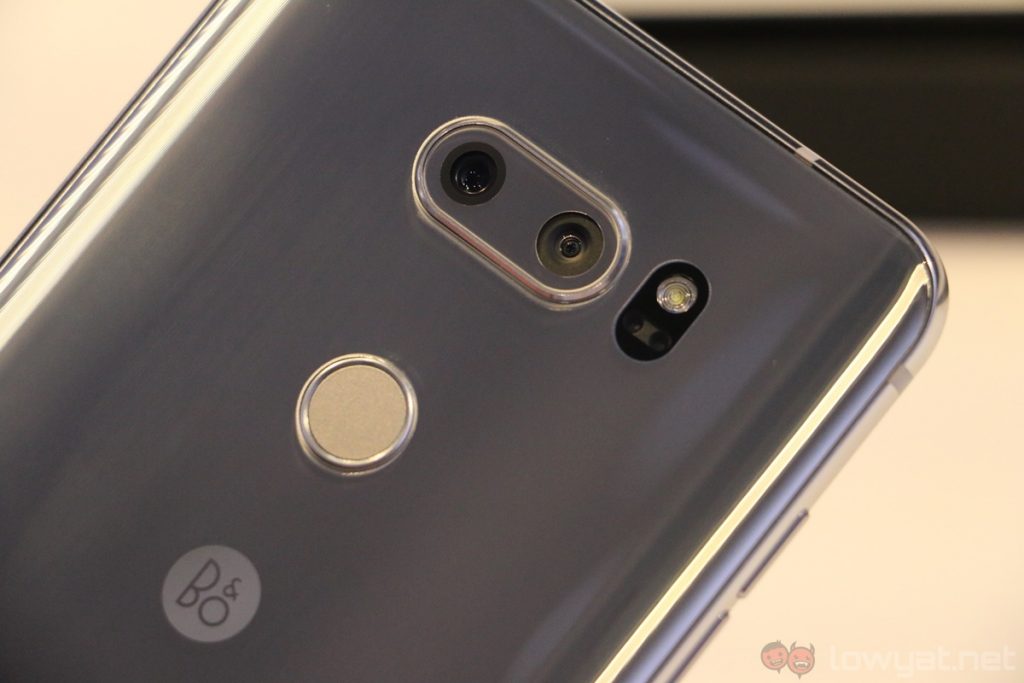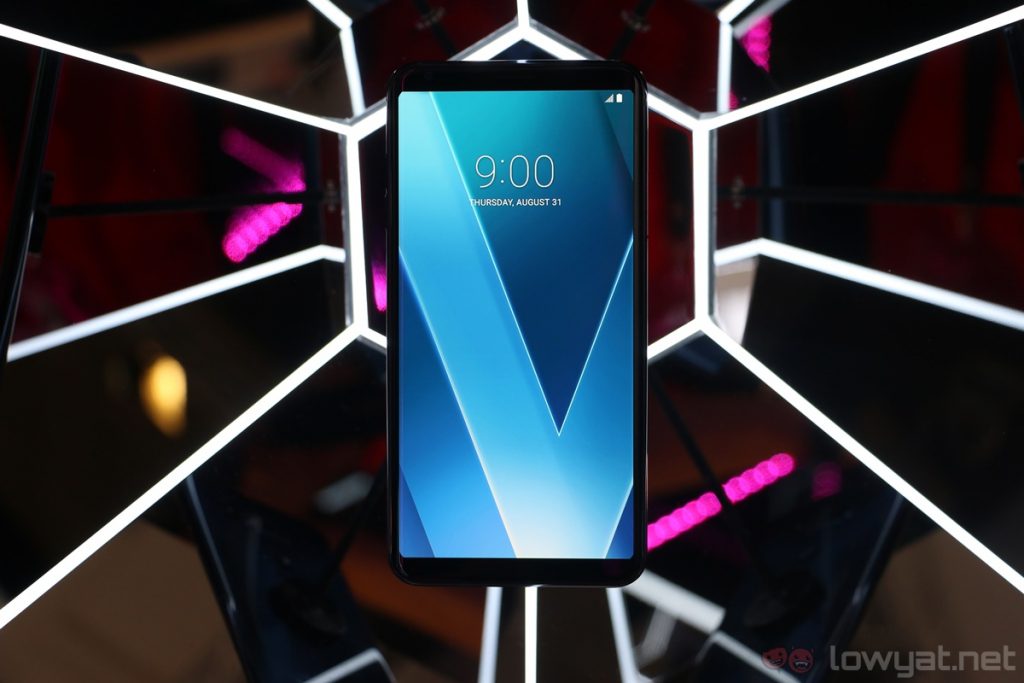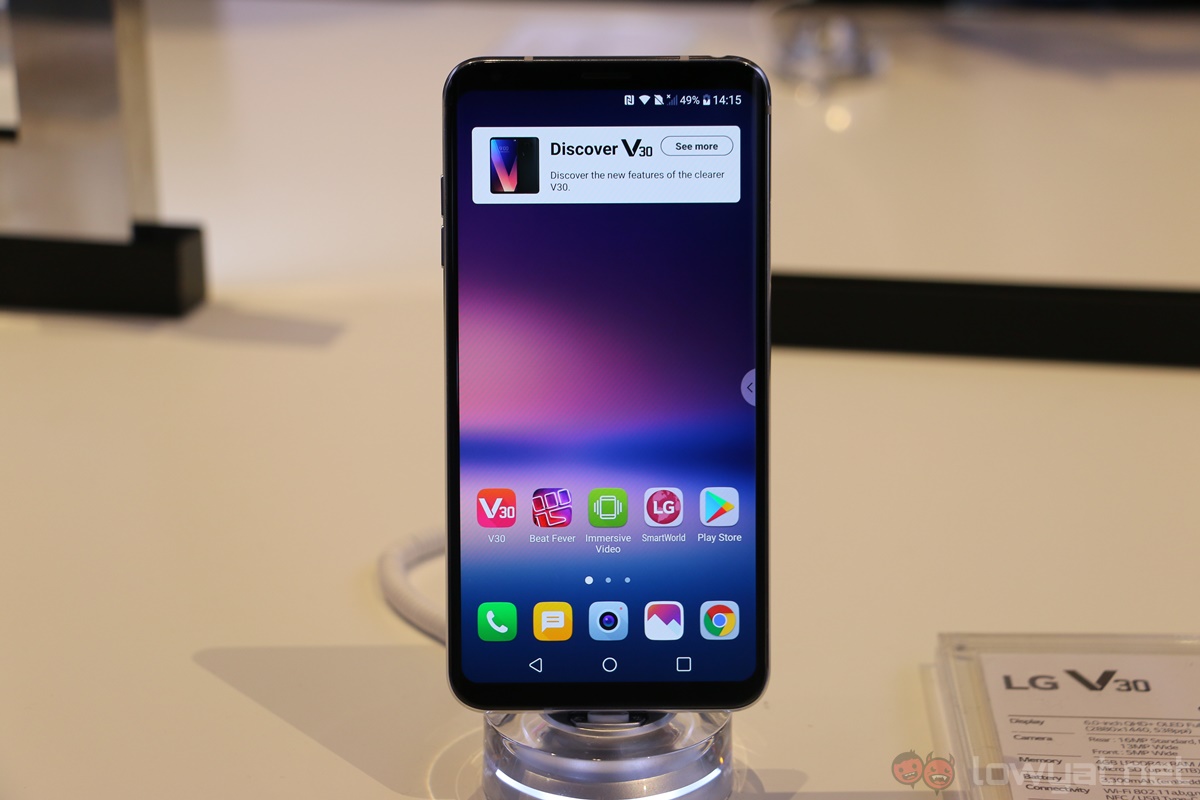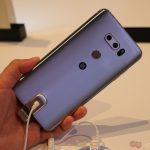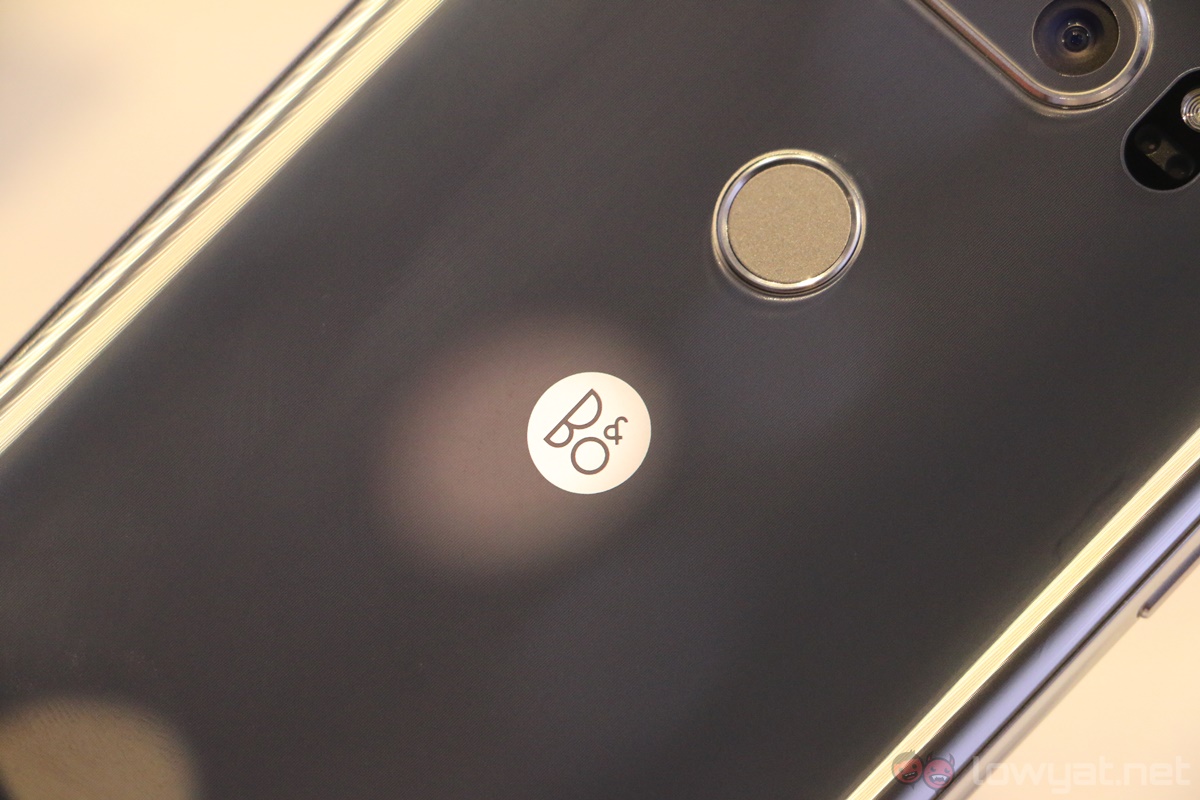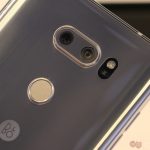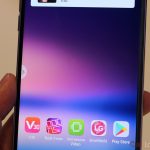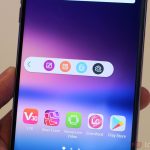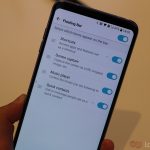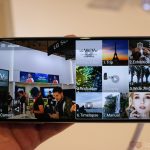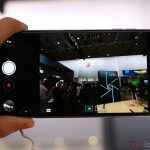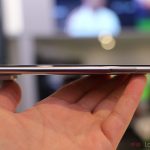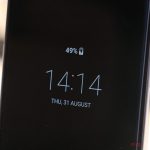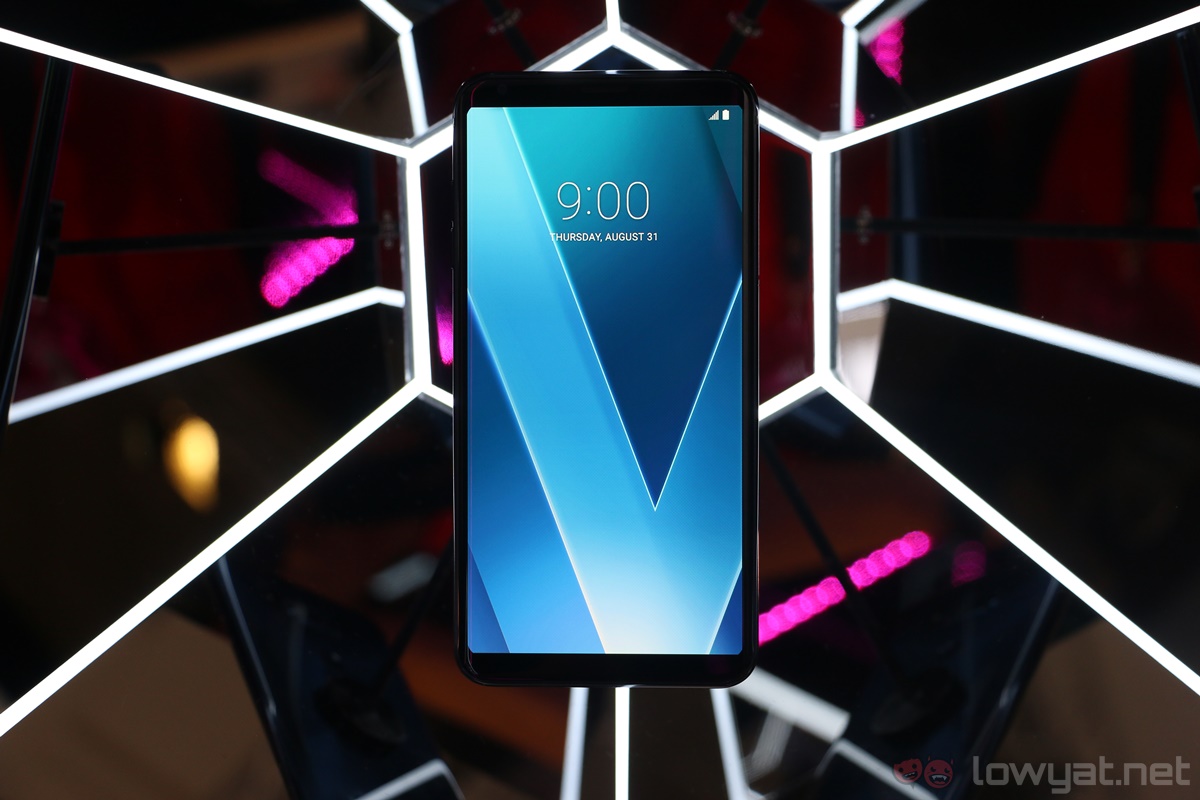If there’s any smartphone you should be excited about at IFA 2017, it’s the LG V30. Not only is it the Korean company’s most impressive smartphone yet, the V30 is also LG’s first true flagship device of 2017. While the LG G6 was certainly interesting in its own right, the V30 is really the Korean company’s more interesting flagship smartphone this year.
After spending some time with the V30 at IFA 2017, I can say that it is easily LG’s most exciting smartphone yet; it’s a shame the V30 may not make it into the Malaysian market.
Not surprisingly, the V30 comes with hardware befitting of a 2017 flagship smartphone. It features a 6-inch, 18:9 1440p FullVision OLED display, a Qualcomm Snapdragon 835 chipset paired with 4GB of RAM, 64GB or 128GB of storage – the 128GB variant is dubbed the V30+ – and a 3,300mAh battery.
In the camera department, the V30’s dual-camera system is similar to the G6’s, but the 16MP primary shooter comes with a larger f/1.6 aperture. The second camera, on the other hand, is a 13MP wide-angle shooter; the V30 is also equipped with a 5MP front-facing camera.
Now that we’ve got the V30’s specifications out of the way, let’s get to the good stuff: the stunning FullVision display. In comparison to the G6, the V30’s top and bottom bezels are noticeably thinner, but the biggest difference lies in the display itself: it’s an OLED panel instead of the G6’s LCD display. Colours are more vibrant on the V30’s display, and thanks to the power efficiency of OLED panels, there should be improvement in battery life too.
Despite its large 6-inch display, the V30 doesn’t feel all that unwieldy thanks to the unique aspect ratio. The V30’s display isn’t quite as tall or narrow as the Samsung Galaxy Note 8‘s – Samsung uses an even taller 18.5:9 aspect ratio – but it’s still plenty impressive. Interestingly, there are slight curves on the left and right sides of the V30’s display too, though it’s not quite as pronounced as the Note 8’s curved display.
Of course, build quality is also one of the V30’s strong points. The glass back and metal frame both look and feel premium, and it’s a comfortable device to hold; I love the fact that the rear fingerprint sensor doubles as the power button too. However, the V30 does feel pretty light, which may not be to everyone’s liking. Weighing only 156g, it’s quite lightweight for a 6-inch phone.
The FullVision display is definitely eye-catching, but something else about the V30 caught my attention: a really neat feature called TouchSense. While navigating the phone’s UI, there are subtle – but noticeable – vibrations that respond to certain actions. Swiping away notifications, pressing a toggle, or even clicking on the V30’s new Floating Bar give off haptic feedback unlike any I’ve experienced on other Android smartphones. In fact, it feels very similar to the iPhone’s excellent Taptic Engine.
Last but not least is the V30’s dual-camera system, and for the most part, it shows a lot of promise. Although the camera interface isn’t quite as responsive as I would’ve liked – there’s a noticeable shutter delay in between shots – the final images look great. I imagine this can be attributed to the camera’s large f/1.6 aperture.
Unlike most smartphones in the market now, the V30’s second rear camera is a wide-angle, 13MP shooter: it provides 120-degree field of view. While I personally prefer a telephoto secondary camera – like the ones found on the Samsung Galaxy Note 8 and iPhone 7 Plus – I imagine the wide-angle lens makes it possible to capture some really interesting landscape shots.
The LG V30 is truly LG’s most impressive, polished flagship smartphone yet. Right now, it is perhaps the closest competitor to the Galaxy Note 8, though the former doesn’t exactly have a stylus to compete with the Note 8’s S Pen. Nonetheless, there’s no denying that the V30 is a really, really good flagship smartphone.
So the question now is: when exactly will the LG V30 come to Malaysia? LG doesn’t exactly have a good track record with releasing its devices here in a timely manner, and truth be told, the same will probably happen to the V30.
If LG does bring in the V30 into Malaysia within this year – at the very least – and price it right, I reckon it will give other flagship smartphones in our market a good run for their money. Hopefully, the V30 will officially be available here in the near future. After all, even the LG G6 and LG V20 made it here, though they weren’t exactly launched in a timely manner.
Follow us on Instagram, Facebook, Twitter or Telegram for more updates and breaking news.


